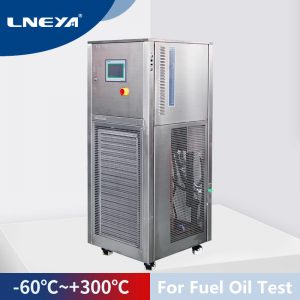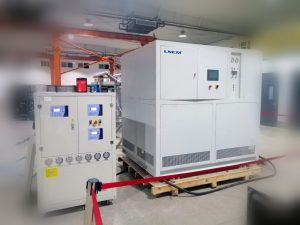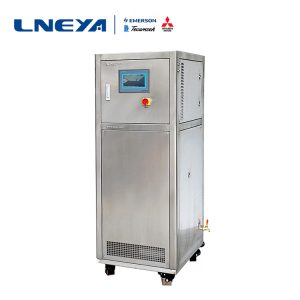Operating Instructions For the Low Temperature Test Chamber
Сайт низкотемпературная испытательная камера is a necessary test equipment in aviation, automobile, household appliances, scientific research and other fields. It is used to test and determine the parameters and performance of electrical, electronic and other products and materials after the temperature environment changes in high temperature, low temperature, or constant test.
Сайт низкотемпературная испытательная камера can be used to check and determine the temperature cycling changes of electrical, electronic products or materials, and produce the adaptability of storage and use under environmental conditions. The equipment adopts forced air circulation to maintain the uniformity of temperature in the working room, with green environmental protection, micro-computer control, temperature digital display, adjustable temperature in the box, high-density insulation layer, good insulation effect, energy saving.
Сайт низкотемпературная испытательная камера should never be used for testing the following objects or those containing them:
(1) Explosives:
1. Nitroglycol (ethylene glycol dinitrate), nitroglycerin (propylene glycol trinitrate), nitrocellulose and other explosive nitrates.
2. Trinitrobenzene, trinitrotoluene, trinitrophenol (picric acid) and other explosive nitro compounds.
3. Peracetic acid, methyl ethyl ketone peroxide, benzoyl peroxide and other organic peroxides.
(2) Combustibles:
1. Spontaneous combustion:
Metals: lithium, potassium, sodium, yellow phosphorus, phosphorus sulfide, red phosphorus.
Cerules: calcium carbide (calcium carbide), phosphatized lime, magnesium powder, aluminium powder, sodium bisulfite.
2. Categories of oxide properties:
(1) Potassium chlorate, sodium chlorate, ammonium chlorate and other chlorates.
(2) Potassium peroxide, sodium peroxide, ingot peroxide and other peroxide salts.
(3) Potassium peroxide, sodium peroxide, barium peroxide and other inorganic peroxides.
3. Flammables:
(1) Ether, gasoline, propylene oxide, carbon disulfide and other substances whose ignition point is less than – 30 C.
(2) Common ethane, oxidized alkene, acetone, benzene, methyl ethyl ketone and other substances whose ignition point is above – 30℃ but below 0℃.
4. Flammable gases:
Hydrogen, acetylene, ethylene, methane, ethane, propane, butane and other gases that may burn at 1 atmospheric pressure at 15 C.
Похожие рекомендации
-
Инструкция по применению системы вторичной циркуляции теплоносителя
952The thermal oil secondary circulation system is equipped with various instruments and equipment for temperature control. When using it, you need to pay attention to its safety knowledge and safer operation. LNEYA heat transfer oil secondary circul...
Посмотреть детали -
What reactions are microchannel reactors suitable for?
1084In recent years, micro-chemical technology has developed rapidly, and micro-channel reactors have attracted more and more attention. Microchannel reactors are manufactured with the help of special micromachining technology. They have the advantag...
Посмотреть детали -
Как заменить четырехходовой клапан машины охлажденной воды?
1109После длительного использования четырехходовой клапан машины для охлажденной воды нуждается в своевременной замене, так как же его заменить? Вы можете ознакомиться с предложениями. При замене машины для охлажденной воды необходимо снять соединительную трубку...
Посмотреть детали -
Laboratory chiller refrigeration temperature control system equipment
1325Lab water chillers, as the name implies, are mainly used in colleges and universities, scientific research and laboratories. Specially for the cooling of small laboratory equipment such as spectrometer, mass spectrometer, viscometer, rotation, fer...
Посмотреть детали
 LNEYA Промышленные чиллеры Производитель Поставщик
LNEYA Промышленные чиллеры Производитель Поставщик














